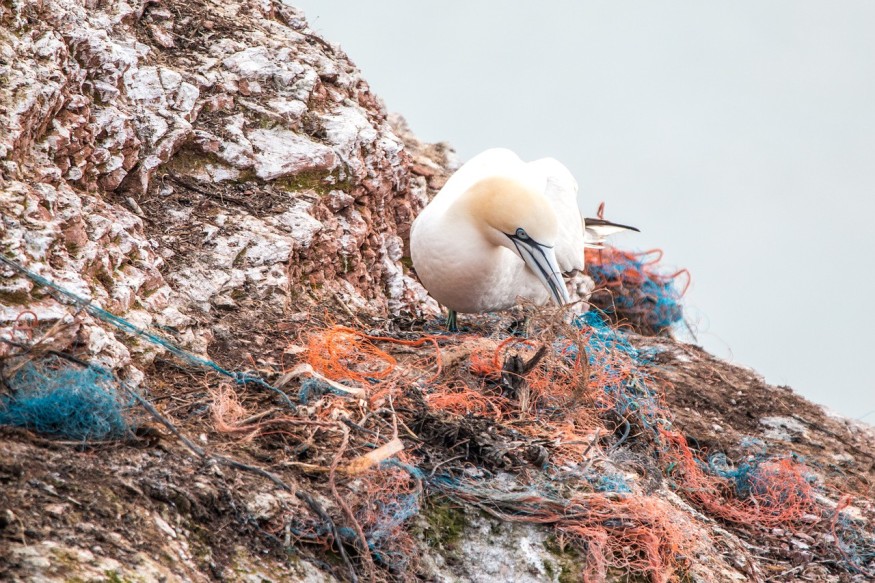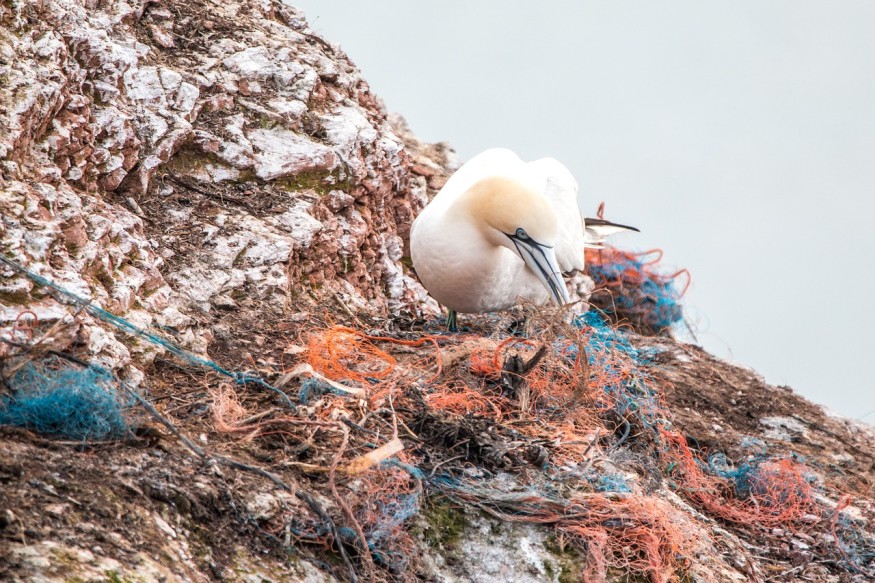

A motor-sailing cargo ship named Kwai brought home 100 tons of fishing nets and disposable plastics from the Great Pacific Garbage Patch (Gyre), setting the record as the Largest Ocean Clean-up in History.
Kwai was in a 48-day at-sea clean-up mission that started in Hilo on May 4 and ended at Honolulu, where Kwai docked. The expedition used specialized GPS satellite trackers, which helped guide the crew in collecting the waste. The trackers were attached to the drifting nets by volunteer yachts and ships. Garbage debris is often sorted out in the ocean, so a tagged fishing net can lead to other nets and debris.
After recovering the garbage, the crew would bag and store it in the ship's cargo containers for recycling and repurposing after they dock.
"I am so proud of our hard-working crew," Mary Crowley, the founder and executive director of the Ocean Voyages Institute (OVI), the organization behind this initiative. "Ocean Voyages Institute has been a leader in researching and accomplishing ocean clean-up for over a decade - granted with less fanfare and attention than others, but with passion and commitment and making meaningful impacts."
The OVI, a non-profit organization, is behind this feat in the hopes of doing a major ocean clean-up and raise awareness on the global problem of marine debris/ocean trash.
The collected trash was hauled to Honolulu's Pier 29 in partnership with Honolulu-based Matson, a Container Shipping and Logistics Expert. Matt Cox, the Chairman and of Matson, lauded OVI for its ground-breaking efforts and the huge accomplishments their small organization has done. He hopes that their support could help OVI continue its efforts in cleaning up the Pacific Gyre.
A second voyage is being planned out by The Kwai and the Ocean Voyages Insitute and hopes to set it at the end of June this year as a part of its summer leg. The duration of the planned voyage would depend on the donations that OVI has secured. The initiative of OVI, according to Crowley, is scalable, and they plan to sail three vessels in the North Pacific Gyre for three months next year, bringing with them large cargoes. The organization also aims to replicate its efforts in the Pacific Gyre in other parts of the world that are also in desperate need of efficient clean-up technologies.
Crowley said she is positive that the work that they do have made oceans healthier for the planet and safer for marine wildlife, as whale, dolphin, turtle, or reefs will not be harmed from being entangled in the nets.
It is estimated that there are 8 million metric tons of plastics find their way to the oceans every year on top of 150 million metric tons that are already in the oceans. These are the plastic bags, straws, disposable cups, water bottles that have found their way into gutters or the mismanaged plastic wastes from various countries. The massive volume would equal to dumping one New York City garbage truck full of plastic in the ocean every minute of the day for the entire year.
© 2025 NatureWorldNews.com All rights reserved. Do not reproduce without permission.





